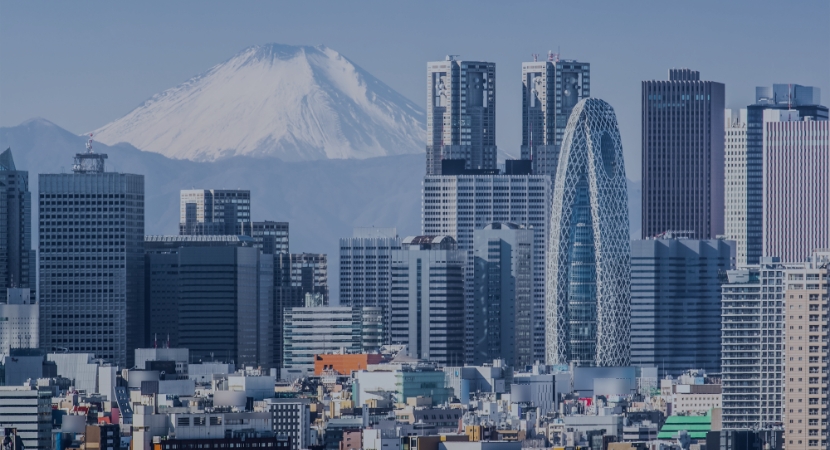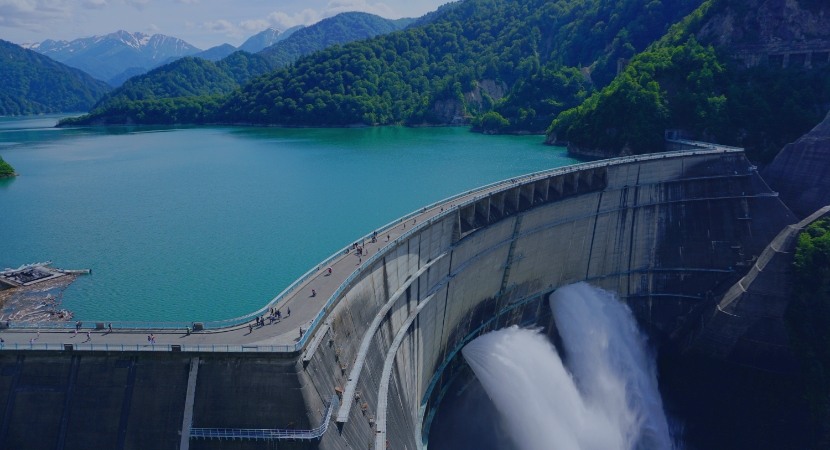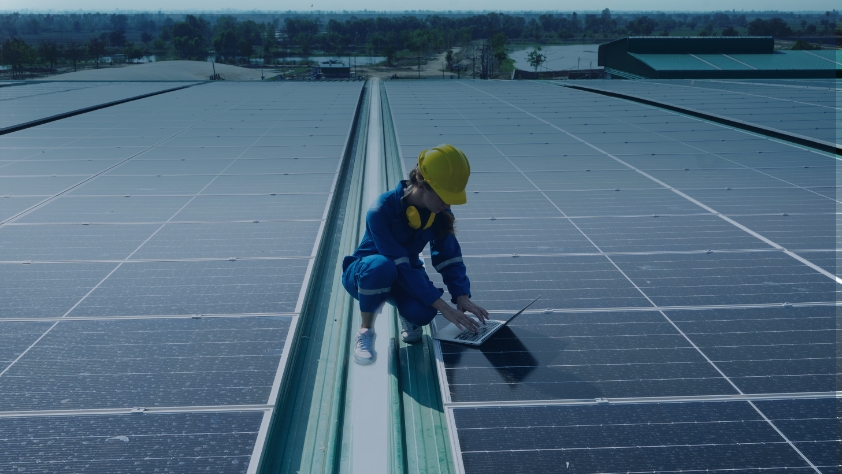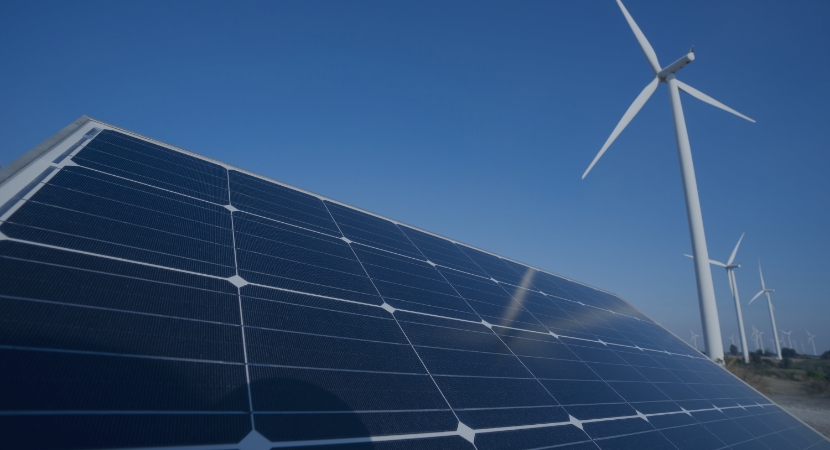In Brief
- Tokyo Electrical Power Company Holdings (TEPCO), is the largest Transmission System Operator in Japan
- TEPCO recognized that measuring grid inertia as a challenge to their ambition to grow their renewable energy grid
- TEPCO decided to run a grid inertia measurement trial on the island of Nii-jima to see if it’s possible to accurately monitor inertia
- Reactive Technologies used an innovative algorithm, Grid-Sonar, to extract the necessary data and was able to measure grid inertia in real-time and with 95% accuracy

Customer Profile
Tokyo Electrical Power Company Holdings (TEPCO), is the largest electric utility in Japan and the 4th largest electric utility in the world. Japan has a maximum electric power usage of approximately 160 million kW, with the demand for electricity within the area covered by TEPCO being equivalent to an area greater than that of some countries such as the UK or Italy. With 60 years of experience in one of the world’s most overcrowded regions, TEPCO provides world-class standards in power grid stability.

Case Overview
TEPCO has a robust R&D Department, and are forerunners in the technological advances in the renewable energy industry. They are seeking to create a widespread, renewable energy network. They recognized that measuring grid inertia as a challenge to their ambitions and sought out ways to accurately measure inertia on their grid. TEPCO decided to run a grid inertia measurement trial on the island of Nii-jima to see if it’s possible to accurately monitor inertia and to validate their previous SIM project.
They contacted Reactive Technologies to run a trial which consisted of collecting and validating Accurate Grid Inertia Measurements, on Nii-jima’s power grid. The trial was a success and the TEPCO and Reactive Technologies teams are already planning for the future.

The Situation
TEPCO is responsible for nearly one-third of all the power supply in Japan and the company prides itself on having world-class power stability. Their reliable equipment and facilities together with their advanced technology allow them to maintain world-class power stability with only 0.06 power outages annually and an outage length of 6 minutes annually.
TEPCO currently has 168 sites which generate renewable energy, using a mixture of wind, solar and hydroelectricity. Renewable energy is currently being supplied to 3.58 million households across Japan. They want to broaden their renewable grid to more consumers and strengthen their renewable energy offering. However, they understood that by increasing renewables on the grid, they also increase system instability. This is due to inertia levels dropping on the renewable grid as more renewables are added.
The Challenge
The TEPCO team is aware that inertia is a key element for system stability. They knew that by adding more renewable energy sources to their grid, the levels of inertia dropped, leading to system instability and power blackouts for consumers.
TEPCO knew they could mitigate blackouts by securing reserve energy, however, they needed Accurate Grid Inertia Measurements in order to do this. Inaccurate inertia estimates would force them to make conservative, expensive risk mitigation measures, such as buying large margins of reserve energy for fossil fuel sources, which would make renewables financially untenable.
They knew that they needed Accurate Grid Inertia Measurements before they could tackle the problem of low grid inertia.
The team at TEPCO approached Reactive Technologies to help them run a trial to accurately measure inertia on a small renewable grid on the island of Nii-jima (2-4 MW total demand). This project aimed to validate the positive results from project SIM, in a controlled but real grid scenario. The small grid is very well understood so the true inertia value is relatively known and can be used for accuracy validation.
The Solution
A proof of concept was created by the Reactive Technologies and TEPCO teams, to determine whether inertia could be measured more accurately from ‘micro’ power pulses. The team used a small load bank of 10kW, as a modulator which would send out the power pulses onto the grid.
The ‘Modulator’ pulses the signal into the grid and alter the frequency of the power system slightly. TEPCO had fourteen frequency measurement devices installed around the island. These frequency measurement devices accurately measure the minute changes and send the data to Reactive Technologies’ cloud platform for processing.
Reactive Technologies uses an innovative algorithm, Grid-Sonar, to extract the necessary data and is then able to measure grid inertia in real-time and with 95% accuracy.

Results
The necessary equipment was installed quickly compared to PMU/substation-based projects. Inertia was then measured in blocks over a month, with the load bank being continually manned by TEPCO in case there were any issues.
The proof of concept was a huge success. The solid collaboration between the TEPCO and Reactive Technologies teams meant that the project ran smoothly.
The results of the inertia measurement were compared to TEPCO’s in a blind test. This means Reactive Technologies had no idea of TEPCO’s estimated values. This blind test proved that Reactive Technologies’ inertia measurements were accurate.
In a separate test, Reactive Technologies tried to see how a small modulator could be used in place of the larger modulator. They were able to measure inertia in the 2MW grid with a 1kW modulator – i.e a modulator that’s the size of a toaster!
Jun Johkaji
Vice President of TEPCO Research Institute
“We are very pleased to have partnered with Reactive to successfully complete this pioneering inertia demonstration project on Nii-jima Island, the first of its kind undertaken in Japan. We appreciate the advanced technology of Reactive.”



